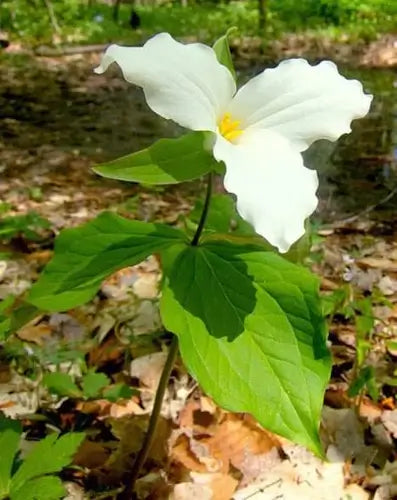What Is A Purple Hibiscus Syriacus Tree?

The purple hibiscus shrub can reach 8 - 12 feet with a 4 - 6 foot spread. It requires humid tropical climates and thrives in the understory of tropical rainforests. The tree is also known as the rose of Sharon or frangipani. This tree produces beautiful flowers that typically grow up to 3" in diameter with five petals per flower.
How Do You Take Care Of Purple Hibiscus Syriacus Trees?
The crucial part of caring for your tree is watering it adequately. When watering your tree, only water when the top layer of the soil is dry to the touch; if you water too often, you will encourage root rot and may even kill your tree if the roots stay too moist for too long.
How Much Sunlight Can A Purple Hibiscus Syriacus Tree Take?
These trees do best in full sun to partial shade locations where they get not less than six hours of sunlight each day during summer months and up to eight hours during winter months.
Do Purple Hibiscus Syriacus Trees Back Up Every Year?
While these trees do not back up yearly like other varieties, they need regular pruning to keep them looking their best.
What Does A Purple Hibiscus Syriacus Tree Look Like?
The tree has large leaves about 2 feet long and 2 inches wide, making it easy for this plant to provide shade for your yard or garden area when planted in mass quantities. The flowers of this tree are usually about 4 inches across, which makes them very noticeable from a distance. The flowers also have five petals with yellow centers that turn into orange fruit after pollination occurs.
Where Do Purple Hibiscus Syriacus Trees Grow?
The Purple Hibiscus Syriacus Tree grows in tropical environments around the world. It can be found in Africa, Asia, Australia, and Europe. The tree will grow best when planted in soil rich with organic matter and good drainage.
What Are The Environments In Which Purple Hibiscus Syriacus Trees Grow?
It thrives in a wide range of environments. It can grow in warm and cold climates, although it prefers warmer temperatures. The tree does best when planted in full sun and watered regularly. If you have trouble growing plants due to low soil fertility or poor drainage, then this tree may be able to survive with little care.
Are Purple Hibiscus Syriacus Trees Toxic?
Although these trees are considered safe for humans, they are toxic to dogs and cats because they contain cyanogenic glycosides (cyanide). If you have pets that may ingest your plants, keep them away from your tree when it is blooming or producing fruit.
How Do You Grow A Purple Hibiscus Syriacus Tree?
Plant your new tree in spring or fall when temperatures are cool. Dig a hole two times wider than the root ball and deep enough so that only two inches of the root ball is above ground level. Place your tree into this hole and backfill it with soil so that the top of the root ball is approximately one inch below ground level, and then water thoroughly.
How Do You Care For Purple Hibiscus Syriacus Trees?
When your tree starts blooming in late summer or early fall, be sure to deadhead the spent flowers so they do not self-sow everywhere in your garden next year.
How Did Purple Hibiscus Syriacus Get Their Name?
The genus name Hibiscus comes from the Greek word for mallow (Hibiscus). The species name syriacus comes from Syria, where these plants originated.


























































 " alt="Featured Collection Perennials " />
" alt="Featured Collection Perennials " />
 " alt="Featured Collection Ferns " />
" alt="Featured Collection Ferns " />
 " alt="Featured Collection Live Moss " />
" alt="Featured Collection Live Moss " />
 " alt="Featured Collection Trees " />
" alt="Featured Collection Trees " />
 " alt="Featured Collection Shrubs " />
" alt="Featured Collection Shrubs " />
 " alt="Featured Collection Vines " />
" alt="Featured Collection Vines " />
